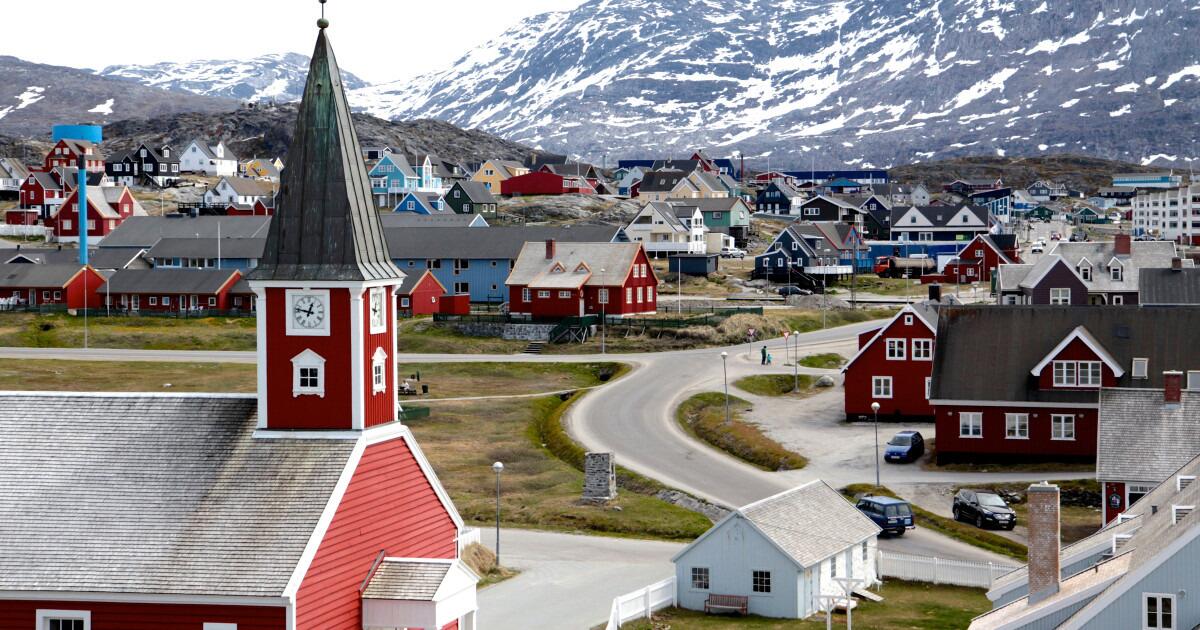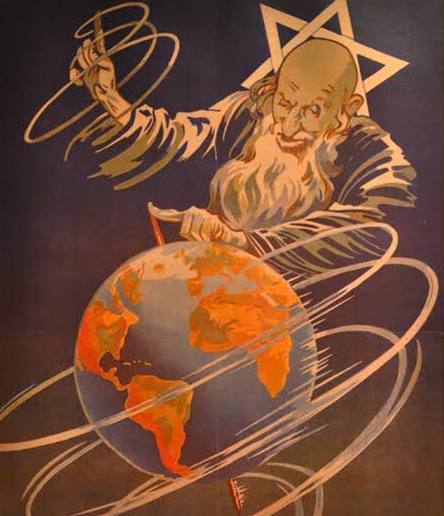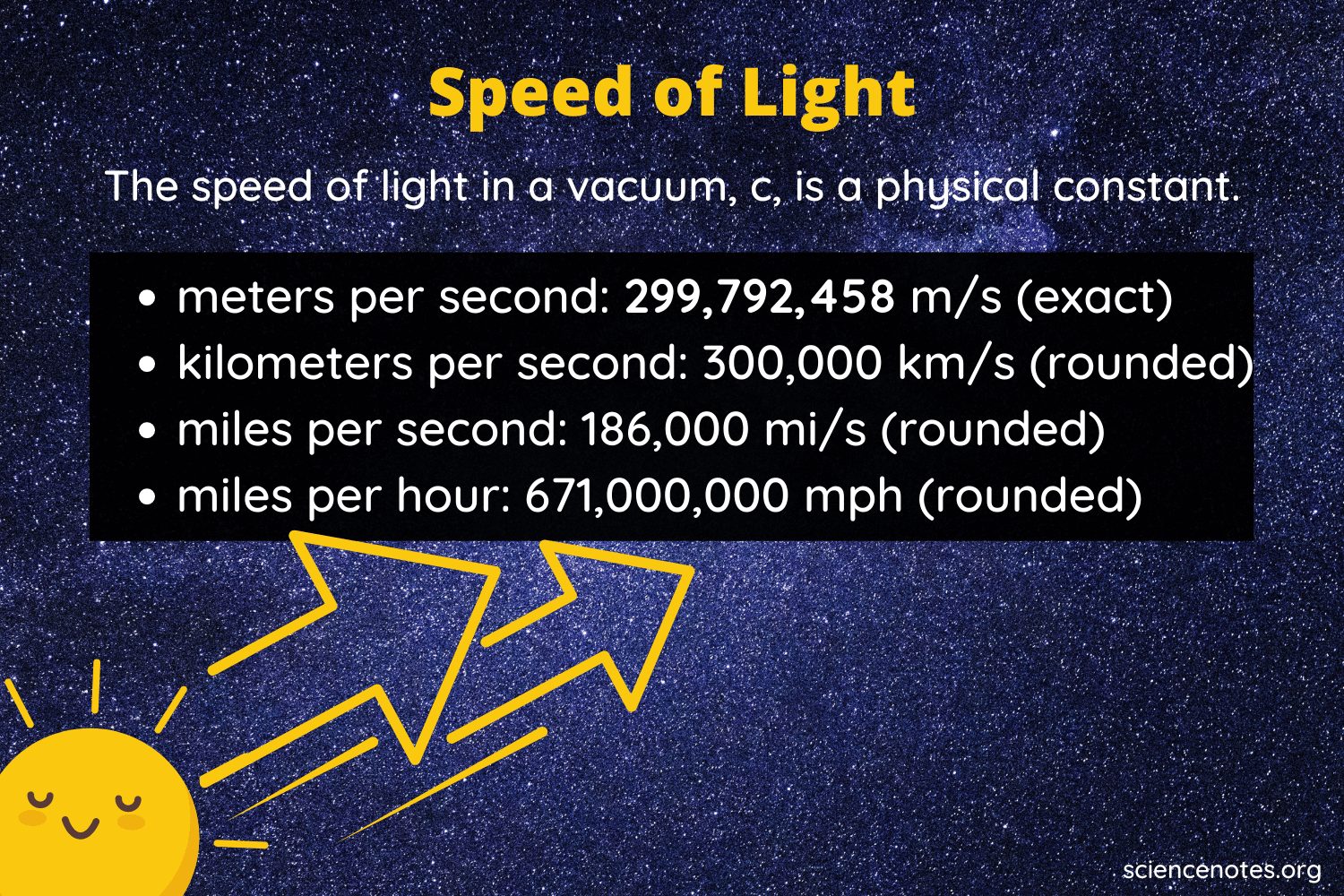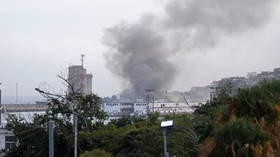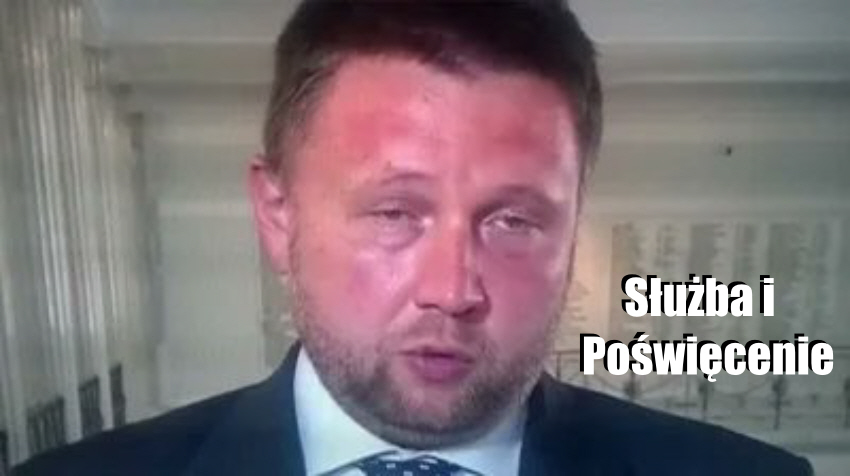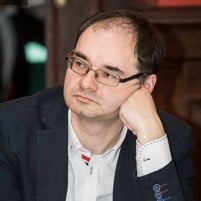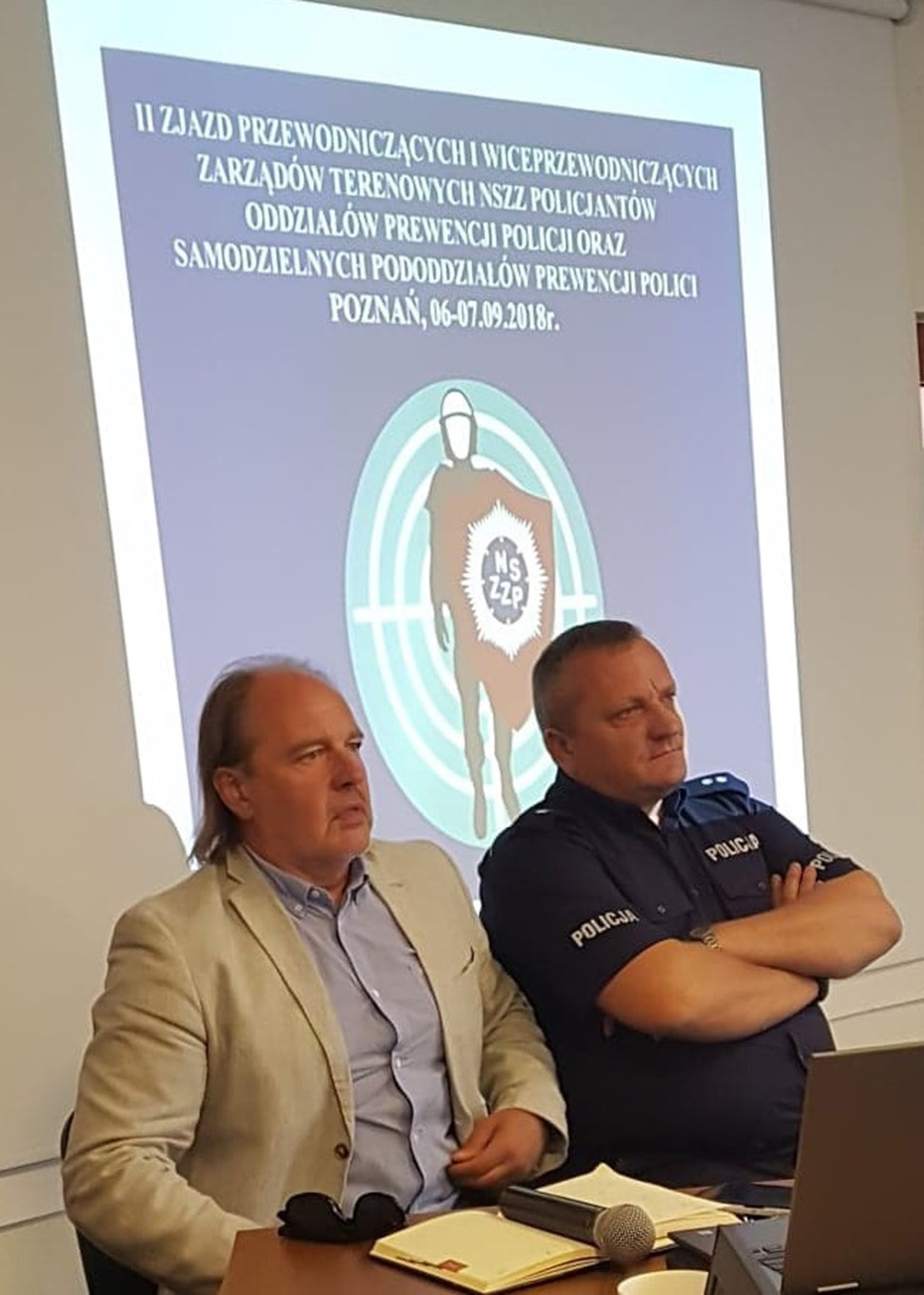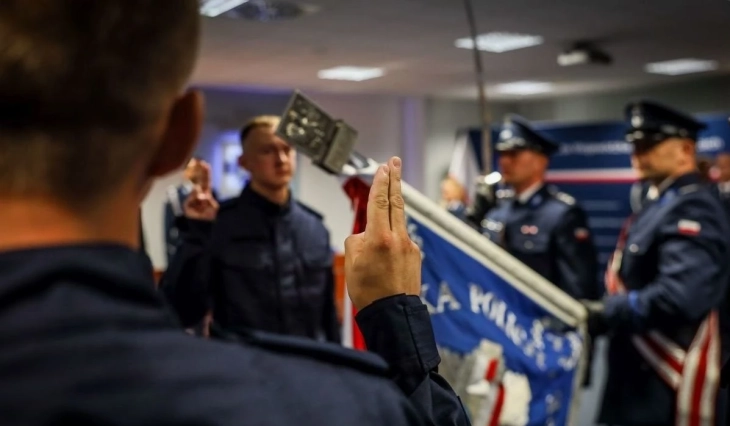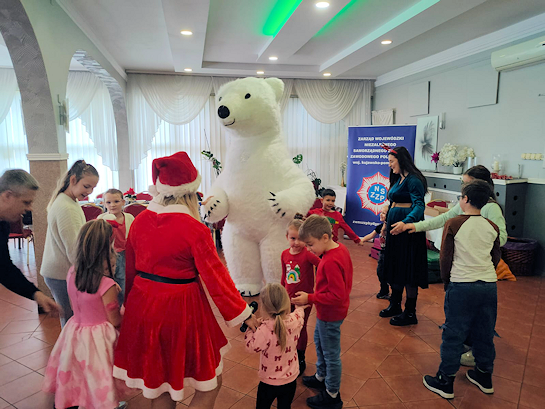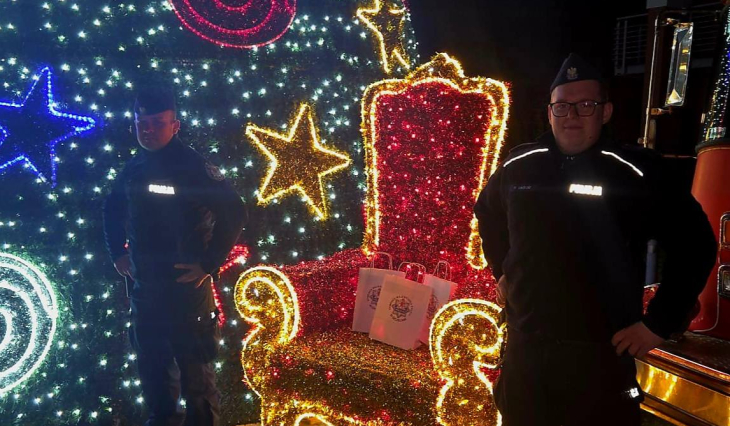Although with our geographical position and climate patterns it is easier to physically dig graves in spring, summertime and early autumn – than in winter, but for conscious and intellectual excavations the graves of the season, as it turns out, lasts all year...especially if it concerns the graves of Polish-Russian relations.
Mogiły "Polish-German", "Polish-Jewish", "Polish-Ukrainian", "Polish-British", "Polish-French", "Polish-American" are no longer subject to "seasonality" – even attempts to stay silent. Well, but – always and under all geographical width and dimension – “extraordinary”: humanitarian, religious, cultural, and even political-historical graves. The second are to enter the minds of societies all over the planet at all chance and in all way – from technological works, spiritual celebrations, to ubiquitous and persistent artistic forms, mainly films.
It is worth considering why the limited seasonality is not subject to the expansion of these first graves, of the results mentioned by me, or simply a spatter, of centuries-old complicated Polish-Russian relations?
April, is simply a good starting point, as this reminder of the 1943 Katyń grave and those later classified from Kozielsk, Ostashkov, Starobielska, Miednoje, Tver, Kharkov, and present it was the death of the victims of the 2010 Smolensk presidential plane crash. But depending on the “political context” to dig up the grave, it is so good August, as a reminder of the Polish-Russian War of 1920 and September – to remind the russian troops to enter the territory of the Second Republic on 17 September 1939. It is besides good to remember Polish victims at the conflict of Lenino in 1943 and November, as a memory of the fallen in the November Uprising of 1830, as well as January – to remind the fallen in the January Uprising of 1863.
The Russians in turn will remind of their fallen Polish-Russian wars in the 17th century, with 2 occupations of Moscow in 1605 and 1610. They will remind the victims of later Polish-Kosacko-Russian wars. They will remind of the participation of over a 100 1000 Polish armies within the invading army Napoleon in 1812 and the fact that he entered abandoned Moscow on 14 September 1812 as the first Polish 10th Huzar Regiment commanded by Colonel Jan Nepomuk Uminski. They will most likely besides remind of the victims of Russian soldiers from among those imprisoned in the camps for prisoners of war in Arrows, Dąbiu, Piculice, Wadowice, Tucholi.
This could be further calculated by adding circumstances and details – as individual as numerical. But the most crucial questions that I think should be answered are:
- Who cares about digging up Polish-Russian graves?
- For what intent is this done and even celebrated?
Historically, those who wanted to perpetuate the wounds of two, the most many and most passionate Slavic peoples, were changing before they became nations.
These were the interests of the papal state, and the monarchs of Western European manors, and merchant companies, the Orders and their Vatican or Masonic protectors, and for respective 100 years the centres of power of the dynastic states, and with national time – England, Austria, Germany, and in the last 120 years of the United States. Their peculiar objectives and highly strong influence were and have supra-state banking and financial structures which are mainly owned and managed by the most influential judaic families (in this geographical and political area, mainly groups of bankers around Rothschild and Stieglitz families).
The old Roman regulation of "share and rule" (divide et impera), has been working and working in Polish-Russian relations for centuries. And the emotions associated with human victims, especially as a consequence of provoked political conflicts, and even more wartime conflicts, build if not hatred, are most likely prejudice and hostility.
Also called and heated, – contrary to the intentions and interests of both nations: Polish and Russian, the atmosphere of the supposedly "closer" and "inevitable" war of Russia against "preparing for a kinetic conflict" of Poland, with the usage of atomic weapons, which is mainly being worked on by propaganda centers, is 1 of the links of this chain I callback – drawn from the side by the enemies of 2 Slavic nations: Poles and Russians.
PZ

